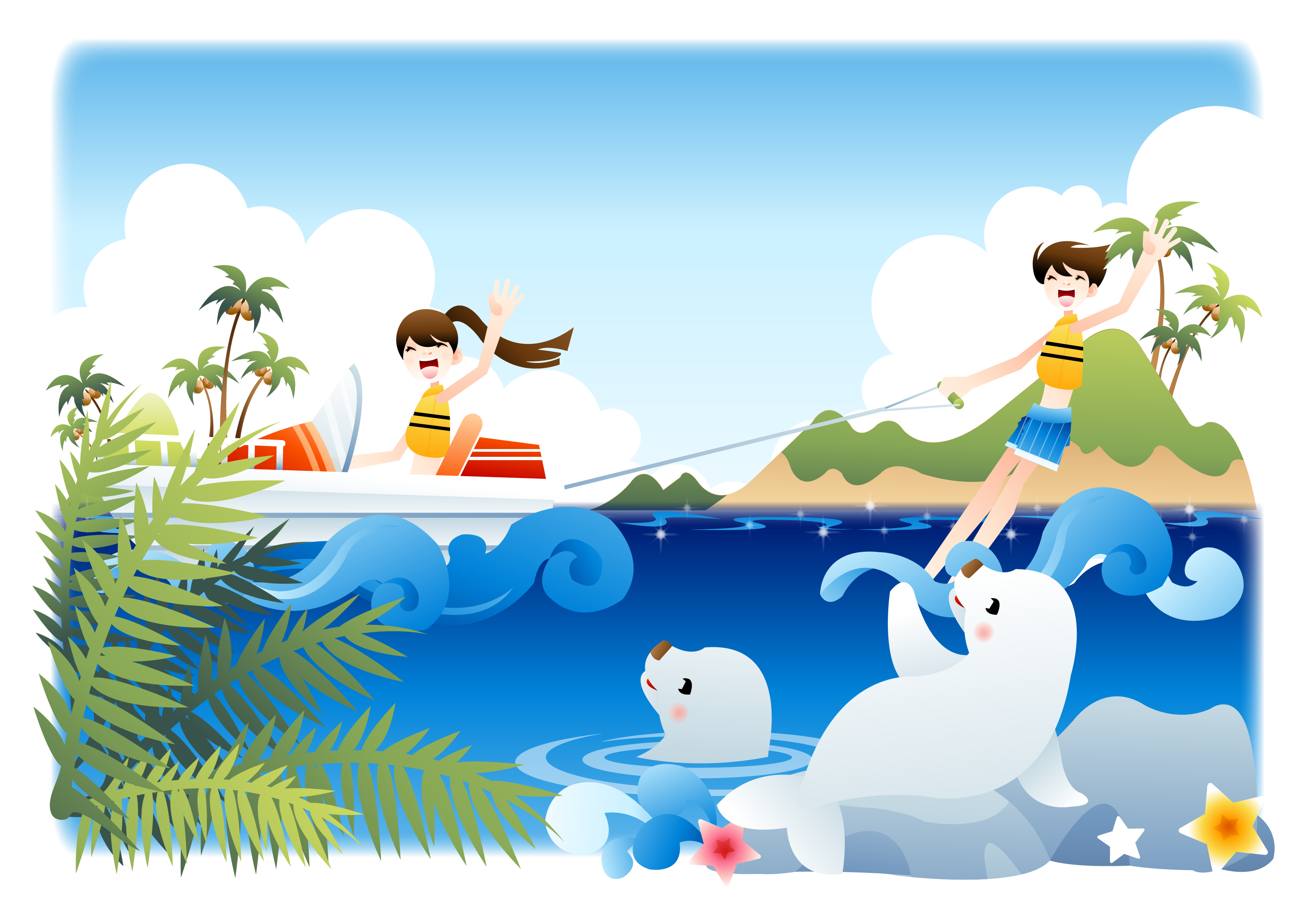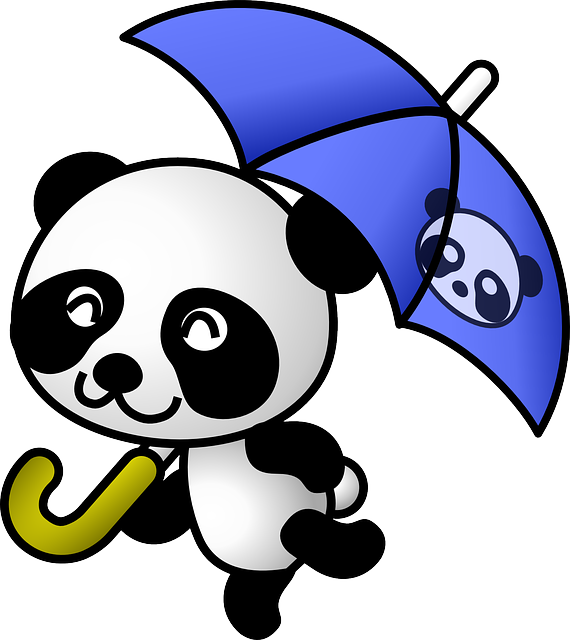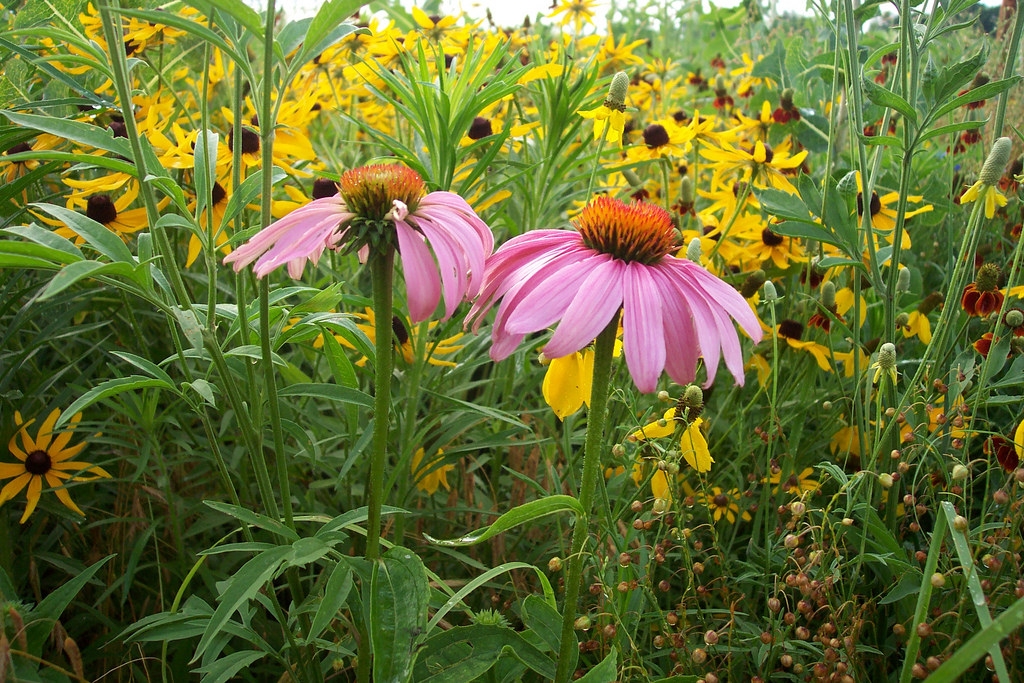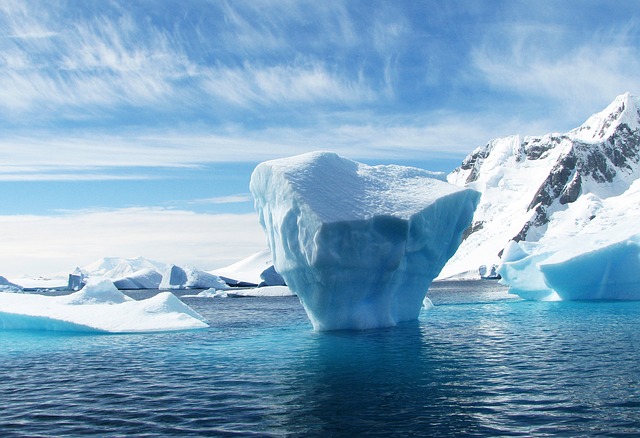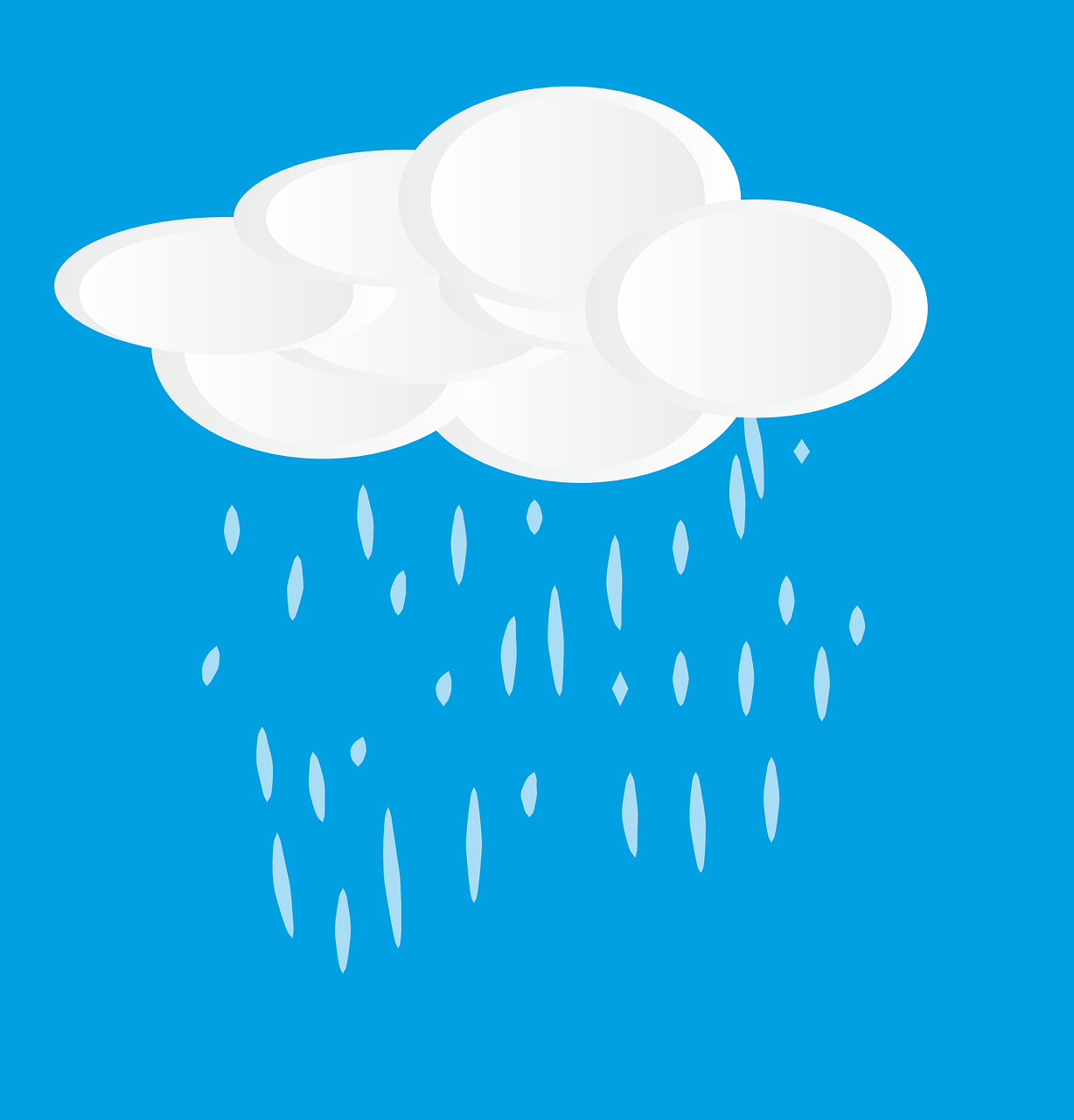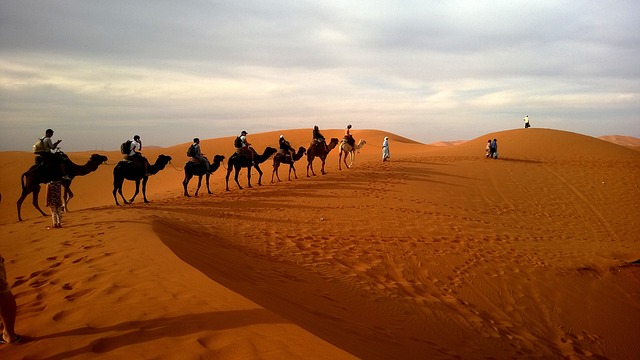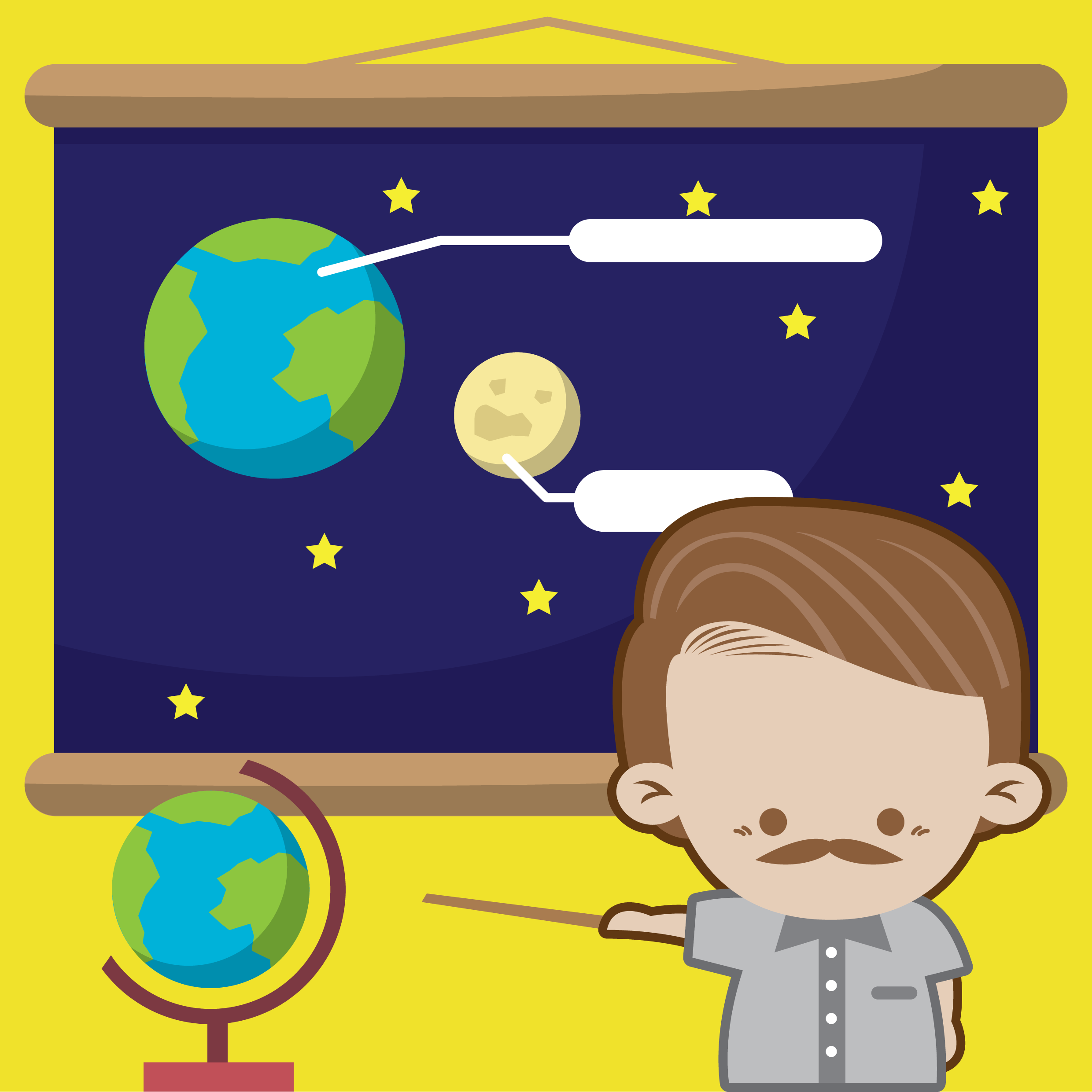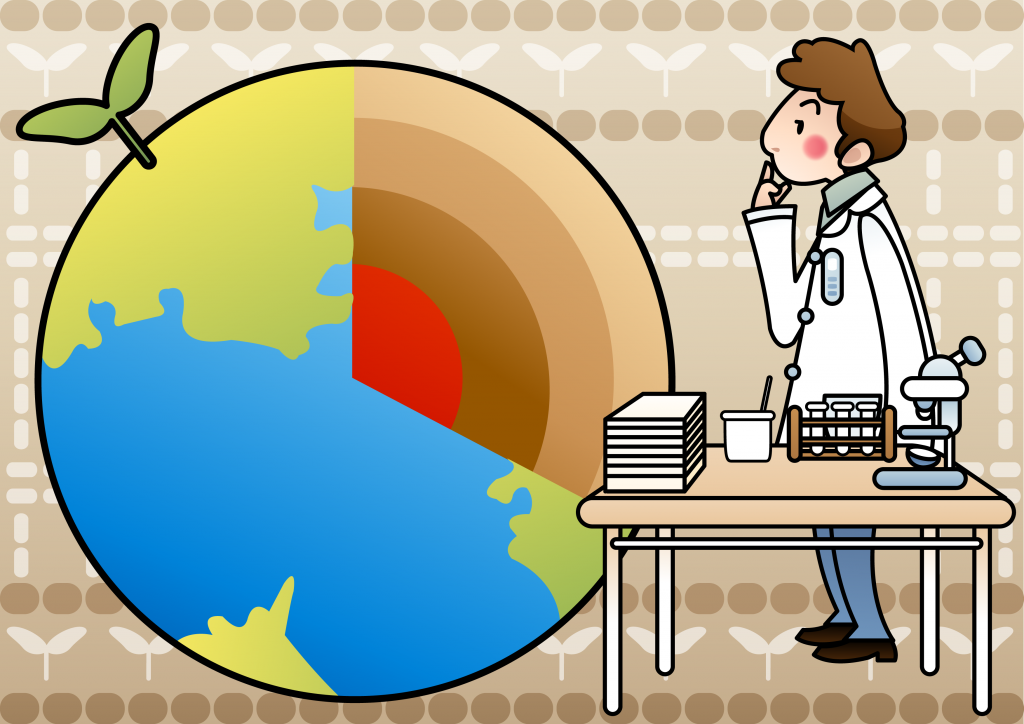The Water Cycle for Kids
Water is an amazing element. It’s more than just something we drink.
Did you know that the adult body is 50-60% water? Or did you know that water covers almost 71% of the Earth’s surface?
Water is everywhere!
But to understand water, you have to understand the water cycle. Have you ever thought about where water comes from? Or the various forms of water?
If you want to learn about water, read on for information about the water cycle!
The steps of the water cycle
The earth has a limited supply of water. The supply comes and goes through the water cycle. Precipitation, evaporation, and condensation all play a role in the water cycle.
Let’s discuss the water cycle step by step!
1. Evaporation & Transpiration
Evaporation occurs when the sun heats up water and turns the water into vapor.
Water from all sorts of bodies of water are evaporated, to include:
Oceans
Ponds.
Did you know that plants also play a role in the early part of the water cycle?
Transpiration is another cycle in which water vapor is released into the atmosphere. Trees and plants “sweat” and release water into the air.
Sometimes water can turn directly into a gas without first becoming a liquid. This is known as sublimation.
If you’ve ever seen dry ice, you’ve experienced sublimation. Snow and ice can also sublime!
2. Condensation
Have you ever poured cold water on a hot day and had water droplets form on the cup?
This is condensation!
As water vapor from plants and water moves higher into the atmosphere, clouds are formed. During this stage of the cycle:
Water vapor gets extremely cold.
Water vapor changes back to water in liquid form.
Clouds move with the currents.
3. Precipitation
As time passes, more and more water forms and collects in clouds. Eventually, the clouds become extremely heavy.
When this happens, we get precipitation. The water droplets are released from the clouds.
As the droplets are released, they fall back to the Earth in the form of:
Hail
Snow
Sleet
Precipitation is important for watering plants while also providing a source of water for other living things. Without precipitation, we’d have no water to drink and no water to swim in!
Precipitation also helps to regulate water temperatures and water levels. Without precipitation we experience droughts.
4. Collection
The last step of the water cycle is the collection. As the water falls to the Earth, it’s collected.
The collection does more than create mud and puddles to jump in! It regulates the water in our oceans, lakes, and rivers.
Once the collection is over, water begins to evaporate and the cycle continues!
The water cycle for kids and more fun facts!
Teaching the water cycle for kids is an important part of understanding how nature works!
Our website is home to hundreds of cool facts. From facts about animals to information about the human body, we provide essential knowledge that is fun and interesting.
Browse our topics and we know you will learn something new!
Or, take a look at our jokes for kids page!

